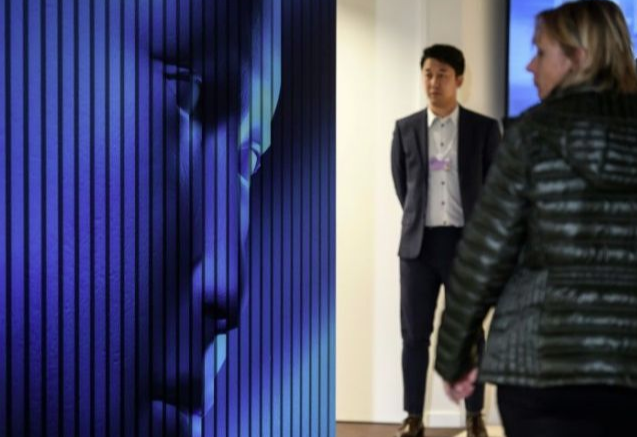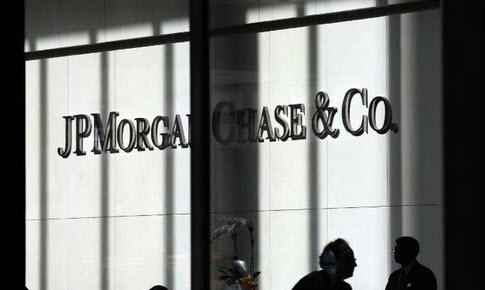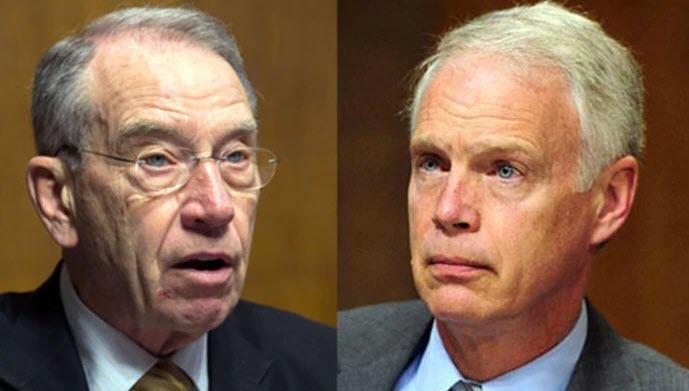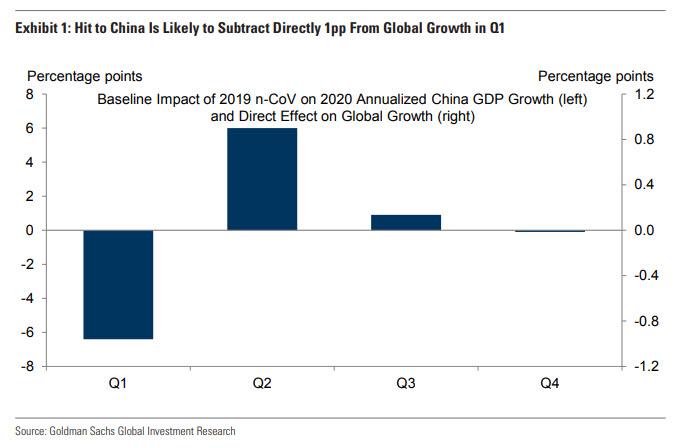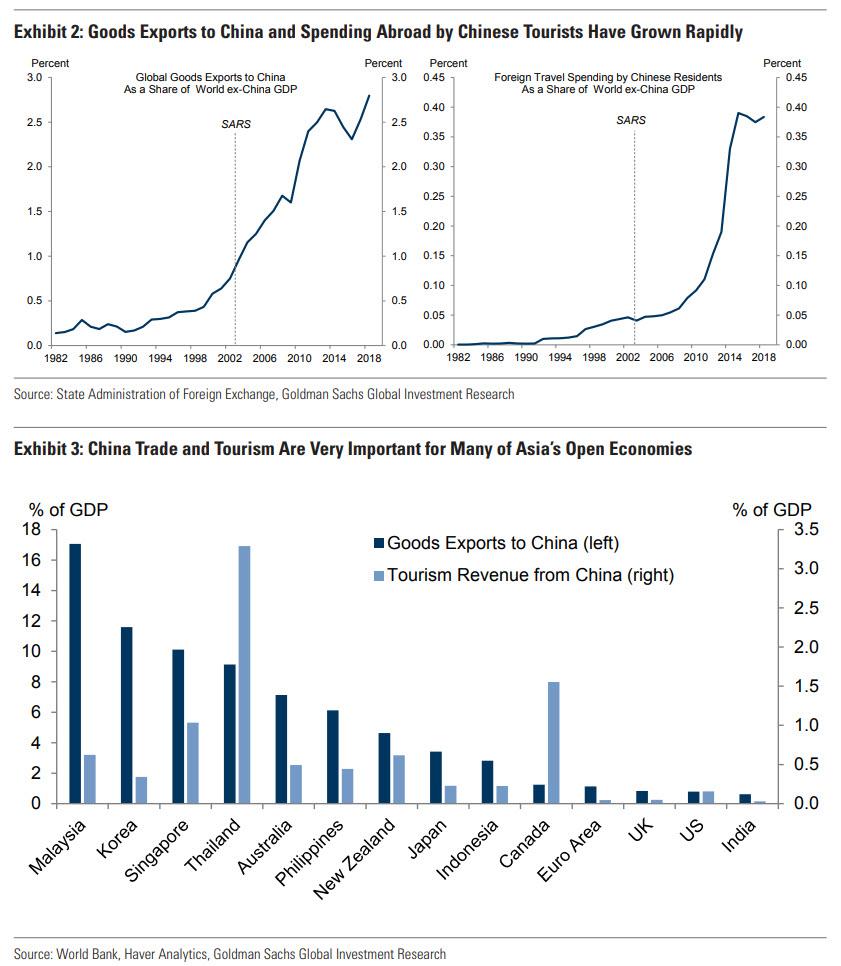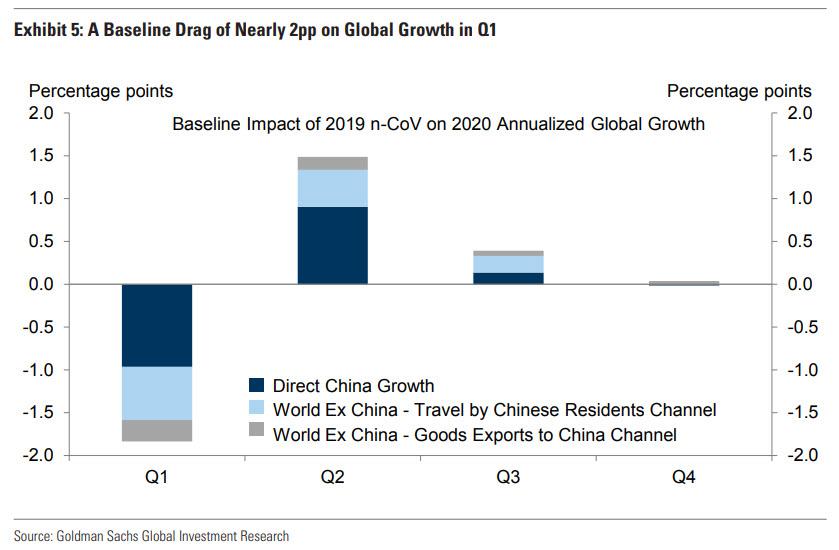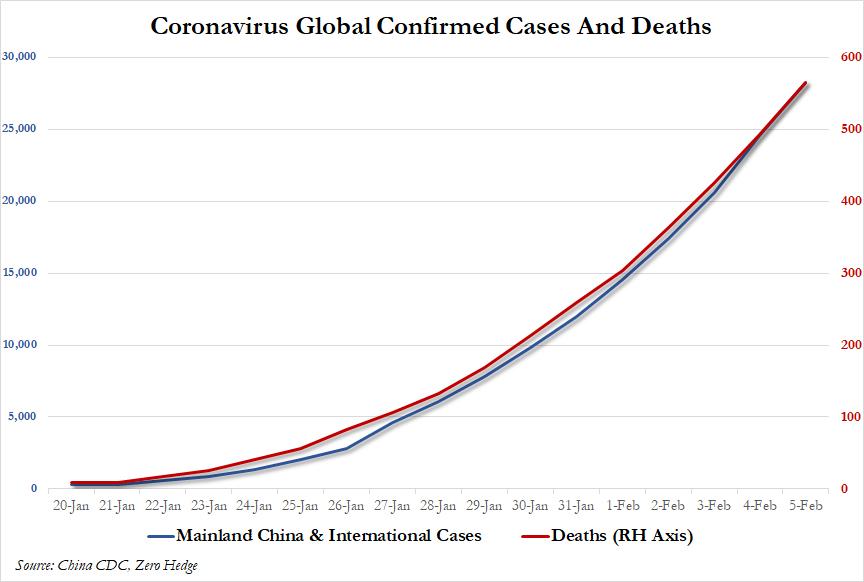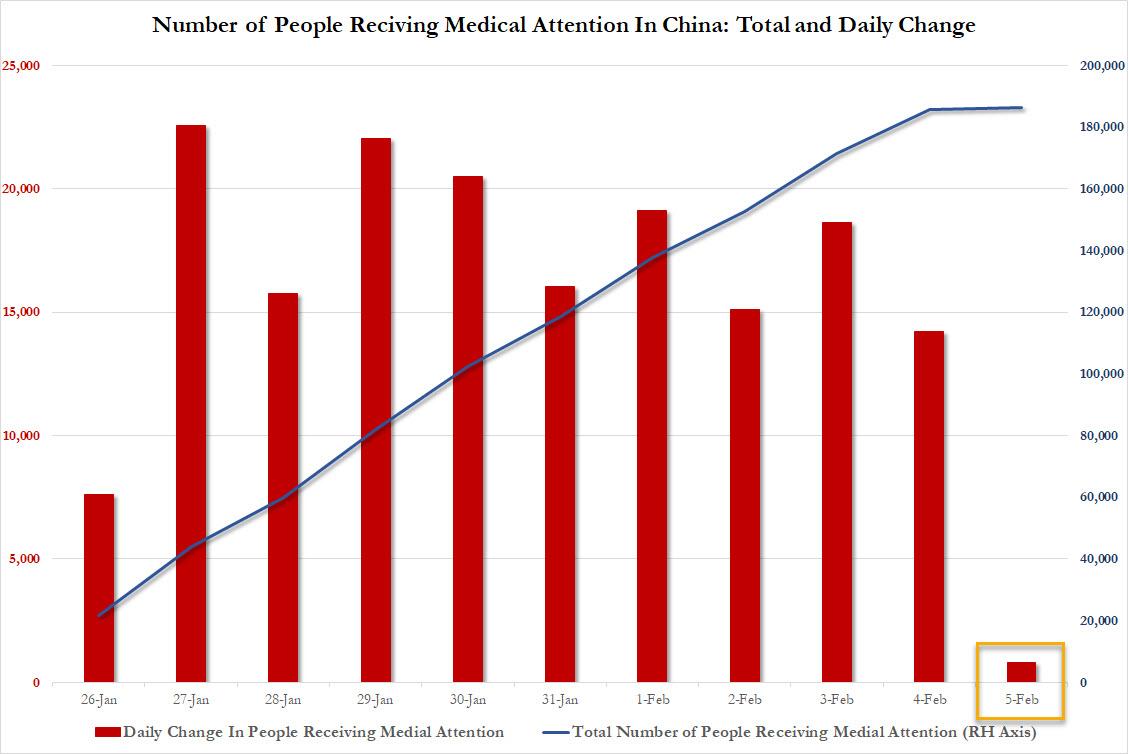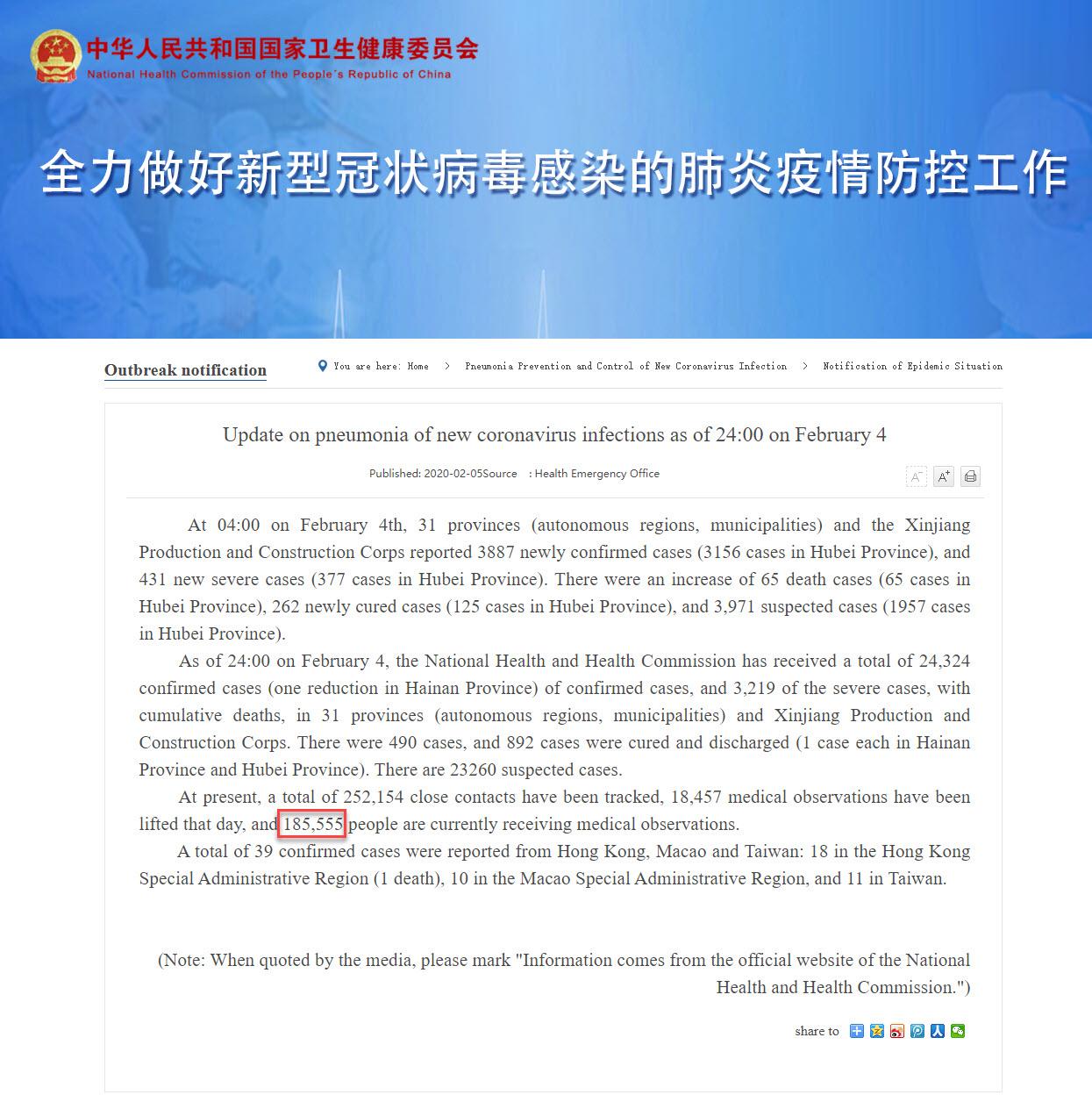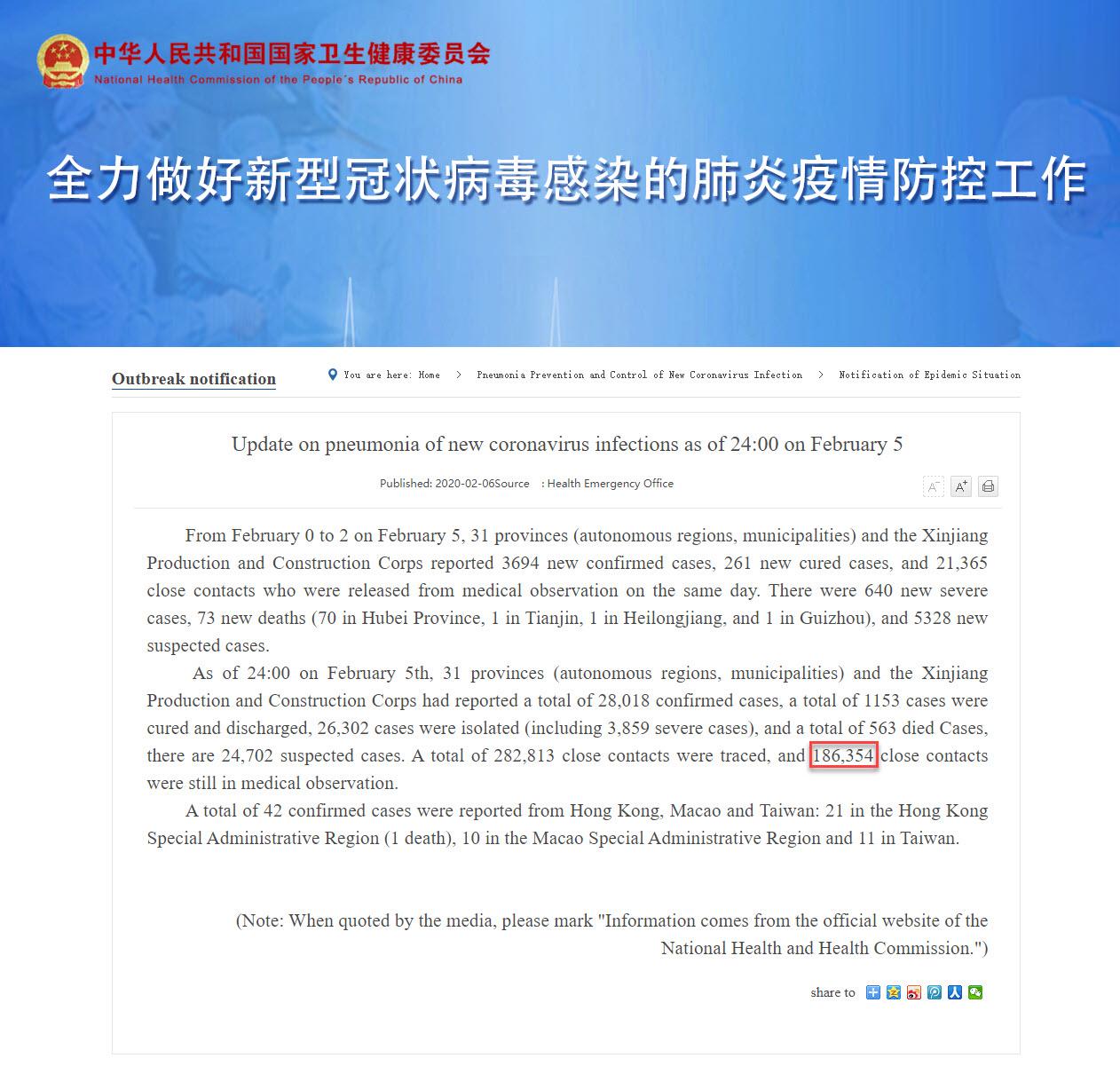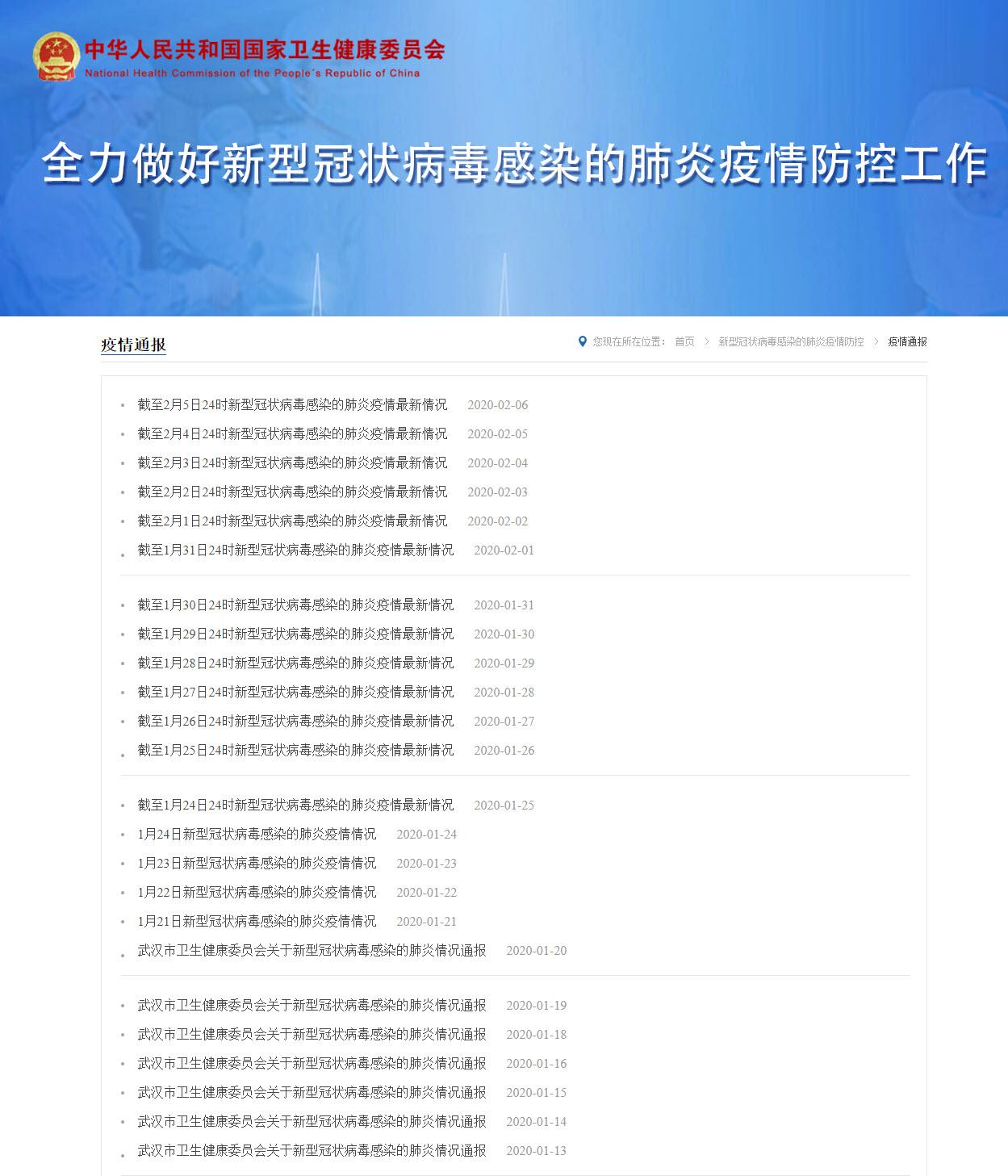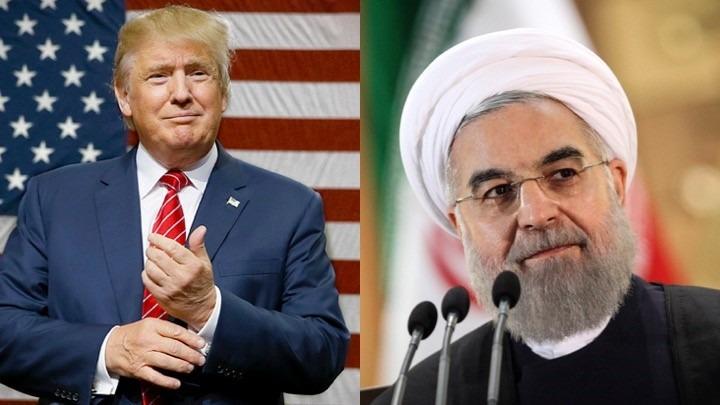Twitter Says It’ll Censor Deepfakes And Basically Anything Else It Wants To Ahead Of 2020 Election
Just days after banning Zero Hedge, Twitter has announced it’ll also be implementing new rules to address deepfakes and “other forms of synthetic and manipulated media” as we head closer to the 2020 election.
Because we can’t have a repeat of 2016, right?
The company said it is going to not allow users to “deceptively share synthetic or manipulated media that are likely to cause harm,” according to CNBC. The rules go into effect after March 5 this year, where the company will now label some Tweets containing synthetic or manipulated media.
Social media can, and will, have a profound effect on the state of the election heading into November this year. Altered media often shows up, with candidates words sometimes parroted or mocked in certain ads that seek to undermine them. Lawmakers have been trying to figure out a way to hold social media companies accountable for the spread of misinformation.
According to CNBC, last month the “House Subcommittee on Consumer Protection and Commerce held a hearing where experts shared warnings of both deepfakes and potential over-regulation of tech platforms that host them.”
Twitter is now going to test media in three different ways to see if it meets parameters that violate its policy.
-
Is the media synthetic or manipulated?
-
Was it shared in a deceptive manner?
-
Is it likely the content will cause serious harm?
The article notes that if all three of these come back “yes”, that Twitter said it would be likely to remove the content.
But we’re willing to bet – and we know from experience – that Twitter is just going to remove the content it wants to, regardless.
In fact, the new policy is broad enough that it’ll allow the company to even take action against “cheapfakes”, which are low-tech edits meant to deceive other users. And what example is immediately brought up in CNBC’s article? One video where a Twitter user simply slowed down a video of Nancy Pelosi:
The doctored video of Democratic House Speaker Nancy Pelosi that circulated on social media last year, for example, would be an example of such amateur editing, since the video was simply slowed down to give the effect that her speech was slow and slurred. More sophisticated deepfakes can involve transposing a person’s face on a video of another person, for example, which could give false impressions of a person’s words or actions.
So we guess we won’t be seeing any videos of her tearing up the State of the Union Speech in slow motion.
🚨 NEW LOW FOR NANCY PELOSI: She ripped up @realDonaldTrump’s #SOTU speech for the cameras on national TV.
This speech was about American heroes and American workers. She decided THAT was worth literally tearing apart.
Absolutely disgraceful. pic.twitter.com/Cp0tg3AE1W
— Steve Scalise (@SteveScalise) February 5, 2020
Twitter also said that some world leaders would be exempt from some of its policy standards. They company said it’s because “it’s important for users to see and be able to debate their messages.” But we know it’s likely because Twitter doesn’t want to lose the traffic they drive and popularity they bring to the site.
Again it seems like a case of Twitter enabling itself for purely arbitrary and discretionary bans of whomeever it wants, whenever it wants.
Recall, we wrote about Facebook implementing similar censorship policies, alongside of YouTube, heading into the 2020 election. We wonder if these social media sites realize that, instead of helping the public make informed decisions, they are giving them an excuse to vote for the party with the least government outreach.
Tyler Durden
Wed, 02/05/2020 – 21:05
via ZeroHedge News https://ift.tt/2vPdhFa Tyler Durden
